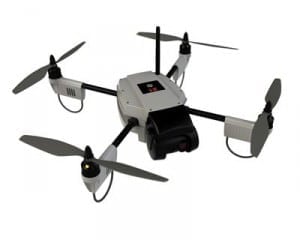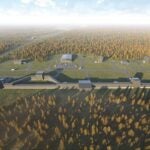
Lockheed Martin [LMT] Monday unveiled a device that can counteract Unmanned Aerial Systems (UAS) with non-kinetic cyber defeat options.The ICARUS, on display at the Association of the United States Army’s annual exposition in Washington, D.C., has a multi-spectral sensor system to detect and characterize in-bound UASs which it can then disable and jam or take over to safely land in a designated area.“When talking with customers, we believe that there’s an imminent threat approaching called the flying IED (Improvised Explosive…

 By
By 











